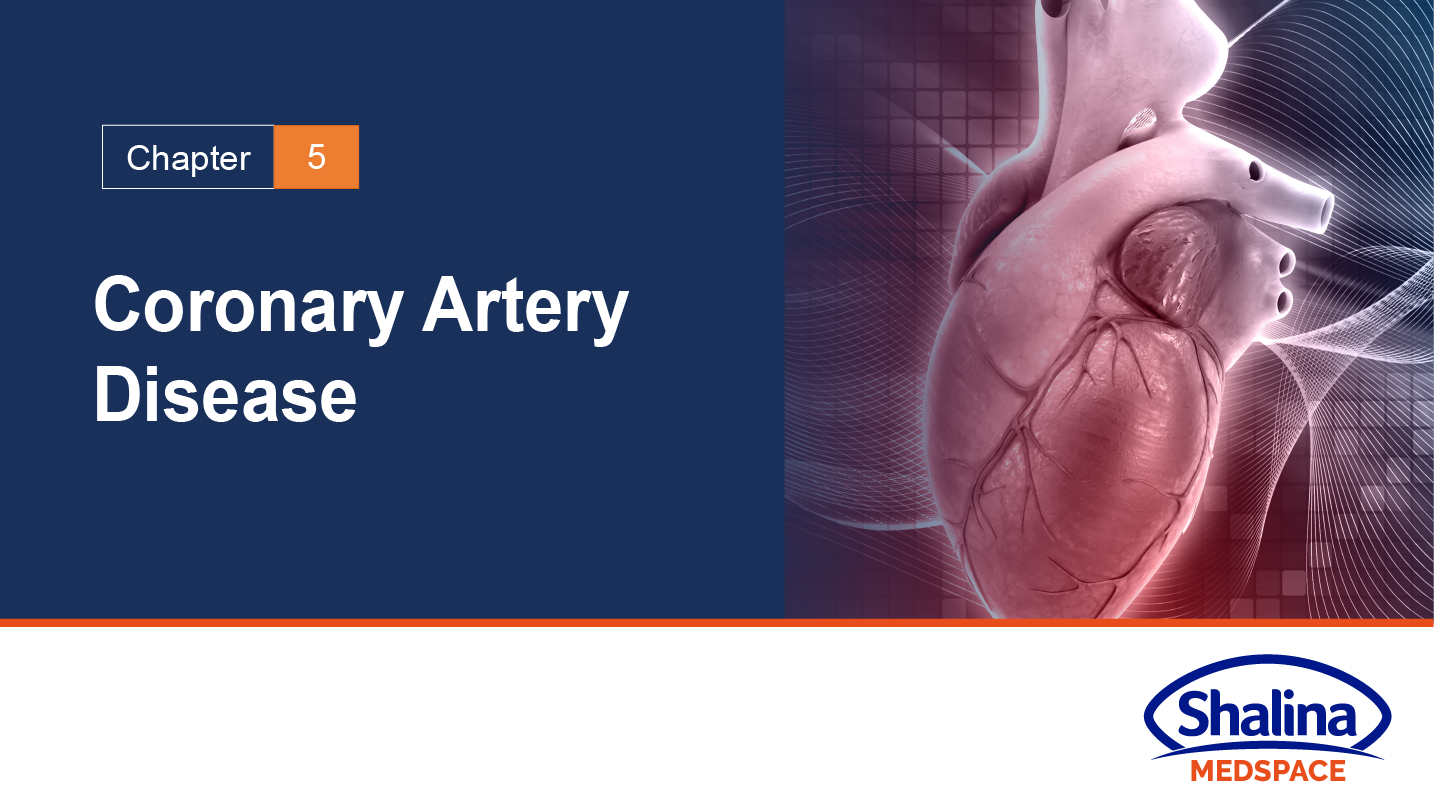The global burden of hypertension is an estimated 1.13 billion people, with 2/3rds of the hypertensive population reported to be from low- and middle-income countries. Of this, Africa has the highest prevalence, around 27%, with Nigeria being a major contributor to the increasing incidence of hypertension. One of the primary reasons for rise in hypertension is the general unawareness of the condition and its related complications. Hence, with respect to the African continent, let’s discuss the various patient-related barriers to hypertension control in the Nigerian population and innovations that can empower patients and communities to take more responsibility in control and management of hypertension.
The global burden of hypertension is an estimated 1.13 billion people, with 2/3rds of the hypertensive population reported to be from low- and middle-income countries. Of this, Africa has the highest prevalence, around 27%, with Nigeria being a major contributor to the increasing incidence of hypertension. One of the primary reasons for rise in hypertension is the general unawareness of the condition and its related complications. Hence, with respect to the African continent, let’s discuss the various patient-related barriers to hypertension control in the Nigerian population and innovations that can empower patients and communities to take more responsibility in control and management of hypertension.

